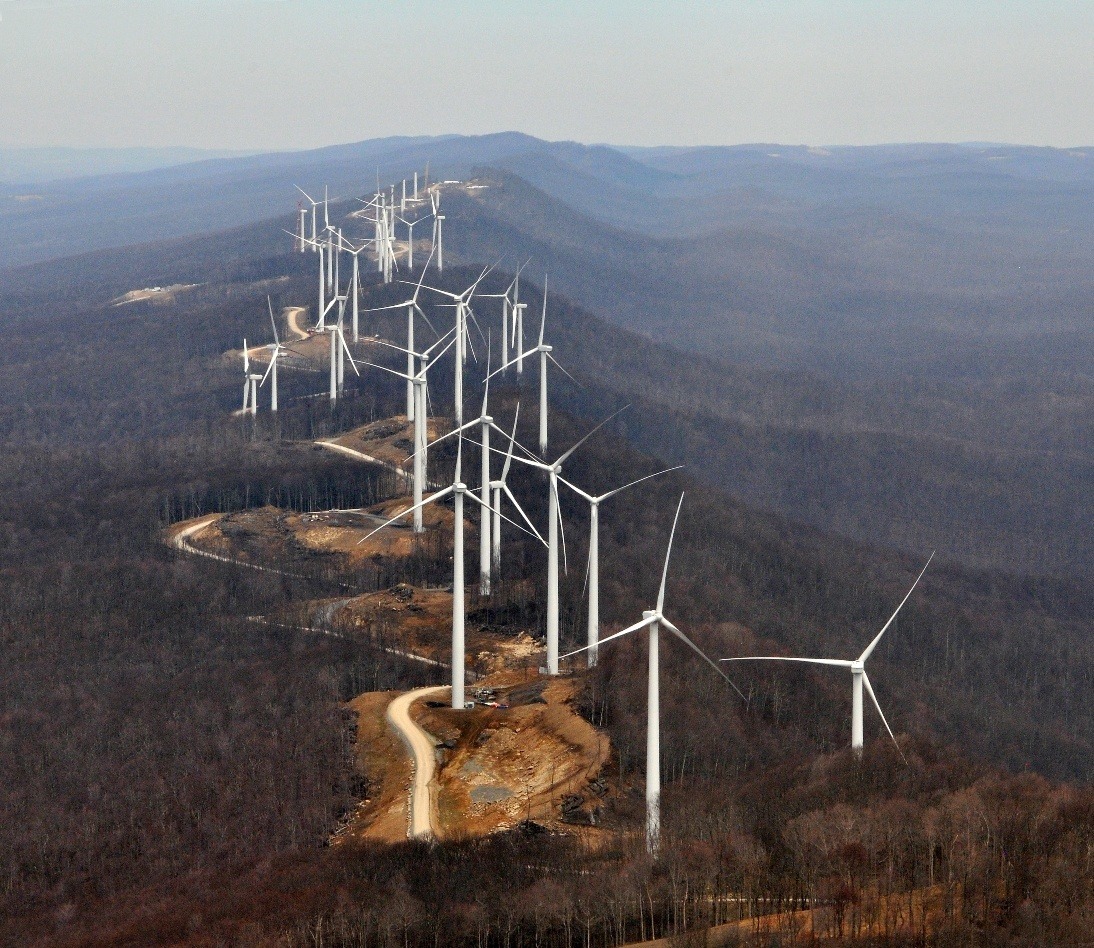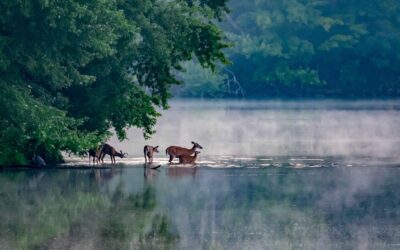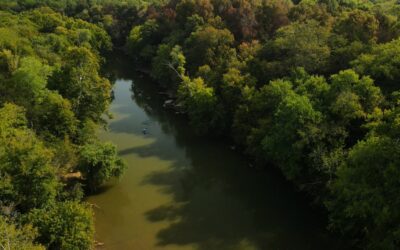Recently, Sen. Lamar Alexander took to the floor of the United States Senate to discuss an important issue: a proposed wind farm that would be located in Cumberland County if approved. He was joined in opposition by Rep. Diane Black, who wrote to several federal agencies voicing her concerns. Watch Sen. Alexander’s presentation below.
So why are they so vocal in their opposition to a seemingly well-intended project? “Clean energy” like wind power must be a positive thing for the environment, right? And it must therefore also be good for wildlife too, yes?
The truth is the impacts of wind farms are significant, and they are decidedly not positive for Tennessee’s environment and wildlife. If you look at the 23 wind turbines proposed for Cumberland County, each 600 feet tall—three times the height of Neyland Stadium, with blades as long as a foot ball field—and plainly visible from I-40 and the surrounding area, you begin to understand the scope.
A sufficient amount of wind to run the turbines would only be available 18 percent of the time, and TVA says it doesn’t even need the electricity it would produce. From an efficiency standpoint, it costs $52 dollars an hour to subsidize wind power production, versus 84 cents for hydropower—and the project will only produce a fraction of what is generated by Watt’s Bar dam nearby. The Crab Orchard Wind Farm as proposed would cover 1,800 acres, not including the large transmission lines to service it. This change in habitat would require clear cuts and large applications of herbicide to maintain.
It doesn’t make financial sense, and it would alter the natural landscape forever. All of that wind through all of those turbines also produces a lot of unpleasant noise. But what about the impact on wildlife?
Impacts of Wind Farms
Each year, wind farms are responsible for the death of over 1.4 million birds and bats. In just two months at the Backbone Mountain wind farm in West Virginia, 2,000 bats were chopped to pieces by the turbines. When federal investigators discovered the carcasses of 38 golden eagles and 336 other protected birds at two wind projects in Oregon, PacifiCorp Energy was assessed a $2.5 million fine for violating the Migratory Bird Treaty Act.
Simply put, wind farms kill wildlife both directly and indirectly, and lots of it. Add to this problem the cost, the negative affect on quality of life for area residents, the gross inefficiency of wind power production and the fact that we don’t even need the electricity it would produce, and the reality sets in. Any cost-benefit analysis on this project tells a clear story—the massive and permanent effects of wind power production are not worth it.
The question we must ultimately ask ourselves is this: Do we want to use public tax dollars to subsidize an unneeded private business to chop up our public wildlife?
Wind Farms by the Numbers
- 23 – Number of wind turbines proposed for the Crab Orchard Wind Farm.
- 71 – Number of megawatts (MW) the project will produce. For comparisons sake, Watts Bar Units 1 and 2 generate right at 2,500 MW.
- 52 – Dollar figure of the federal subsidy per megawatt hour (MWh) for wind power. For comparison, the federal subsidy for hydropower is $0.84/MWh, coal $0.64/MWh, natural gas and oil $0.63/MWh, and nuclear $3.10/MWh. Only solar receives a higher subsidy at $968/MWh.
- 18 – Percent of time that wind is estimated as available to run the Crab Orchard Wind Farm.
- 0 – Amount of base-load electricity TVA says is needed at this time. (Wind power only provides base-load electricity.)
- 600 – Height in feet of each wind turbine (three times the height of Neyland Stadium), with blades as long as a football field. This incredible mass of steel and aluminum would be plainly visible from I-40 and the surrounding area.
- 1,000 – Distance in feet at which a turbine is as loud as an air conditioning unit.
- 600,000+ — Estimated number of birds killed by wind farms in the U.S. annually.
- 800,000+ — Estimated number of bats killed by wind farms in the U.S. annually.
- 2,000 — Number of bats killed in two months at the Backbone Mountain wind farm in West Virginia.
- 1,800 — Number of acres proposed to be used by the Crab Orchard Wind Farm. This number does not include acreage needed to provide transmission lines to the site – a change in habitat requiring large applications of herbicide to maintain.
- 2,500,000 — The number of dollars paid by Oregon-based PacifiCorp Energy for violating the Migratory Bird Treaty Act when federal investigators discovered the carcasses of 38 golden eagles and 336 other protected birds (e.g., hawks, blackbirds, larks, wrens and sparrows) at two PacifiCorp wind projects in the state.




